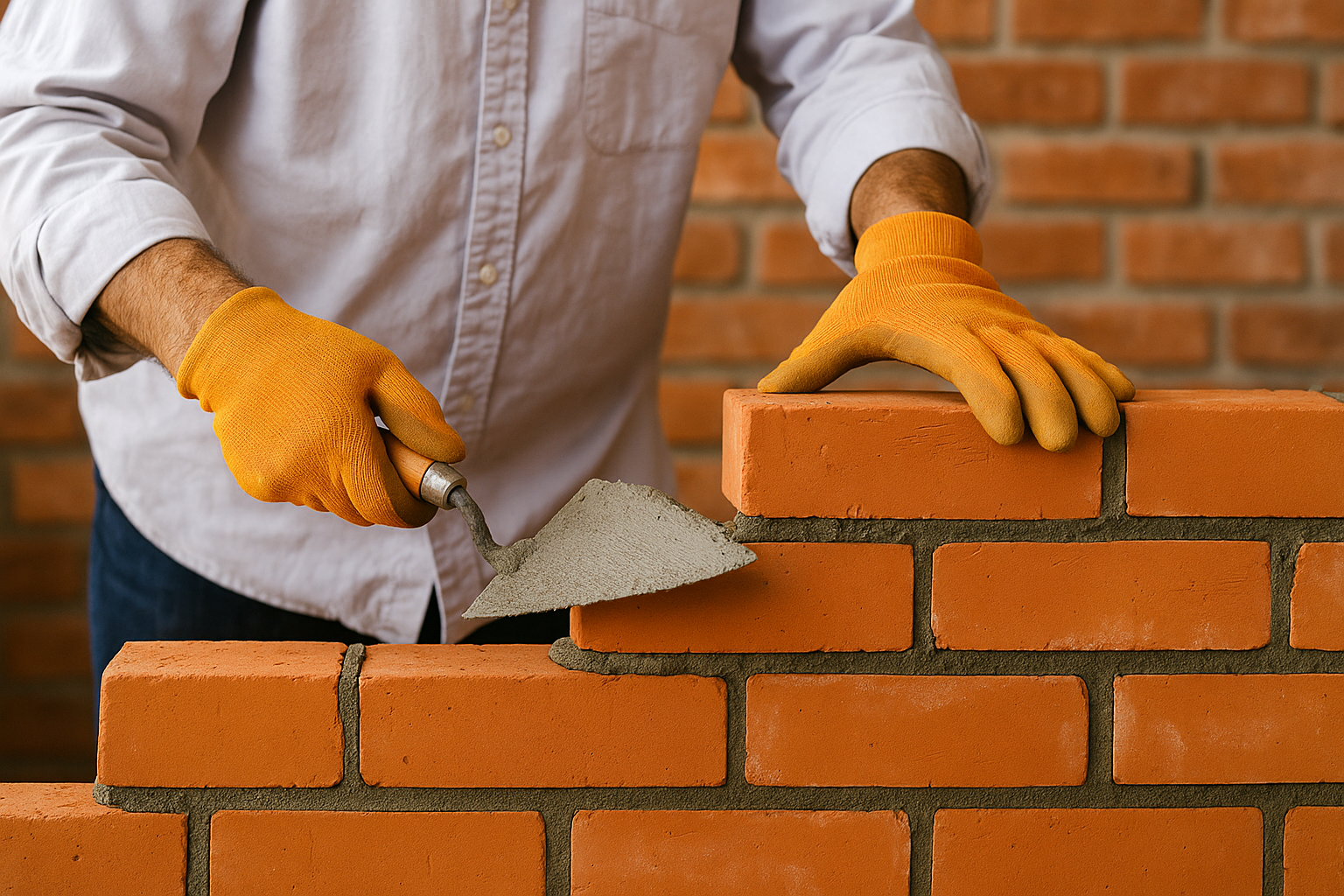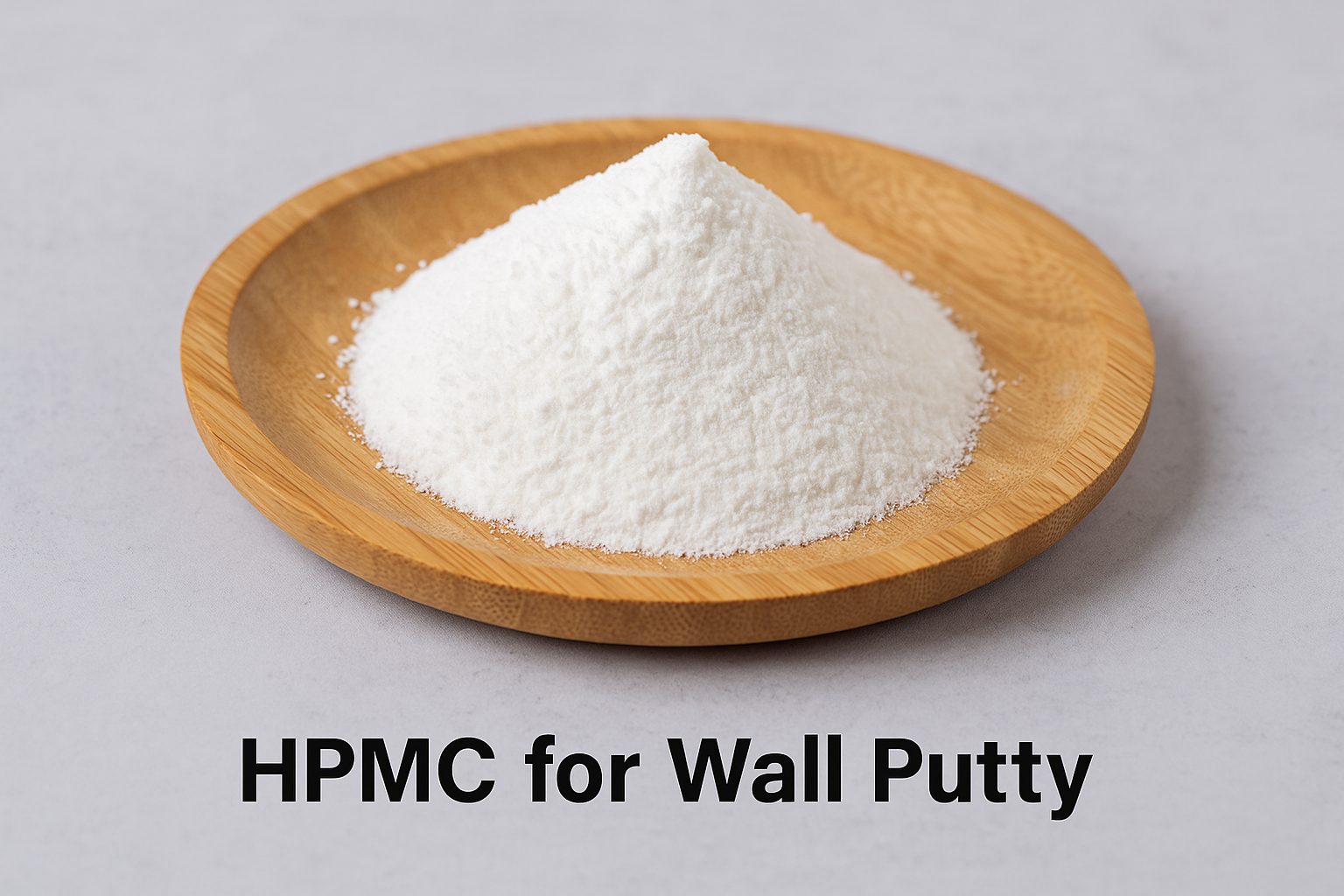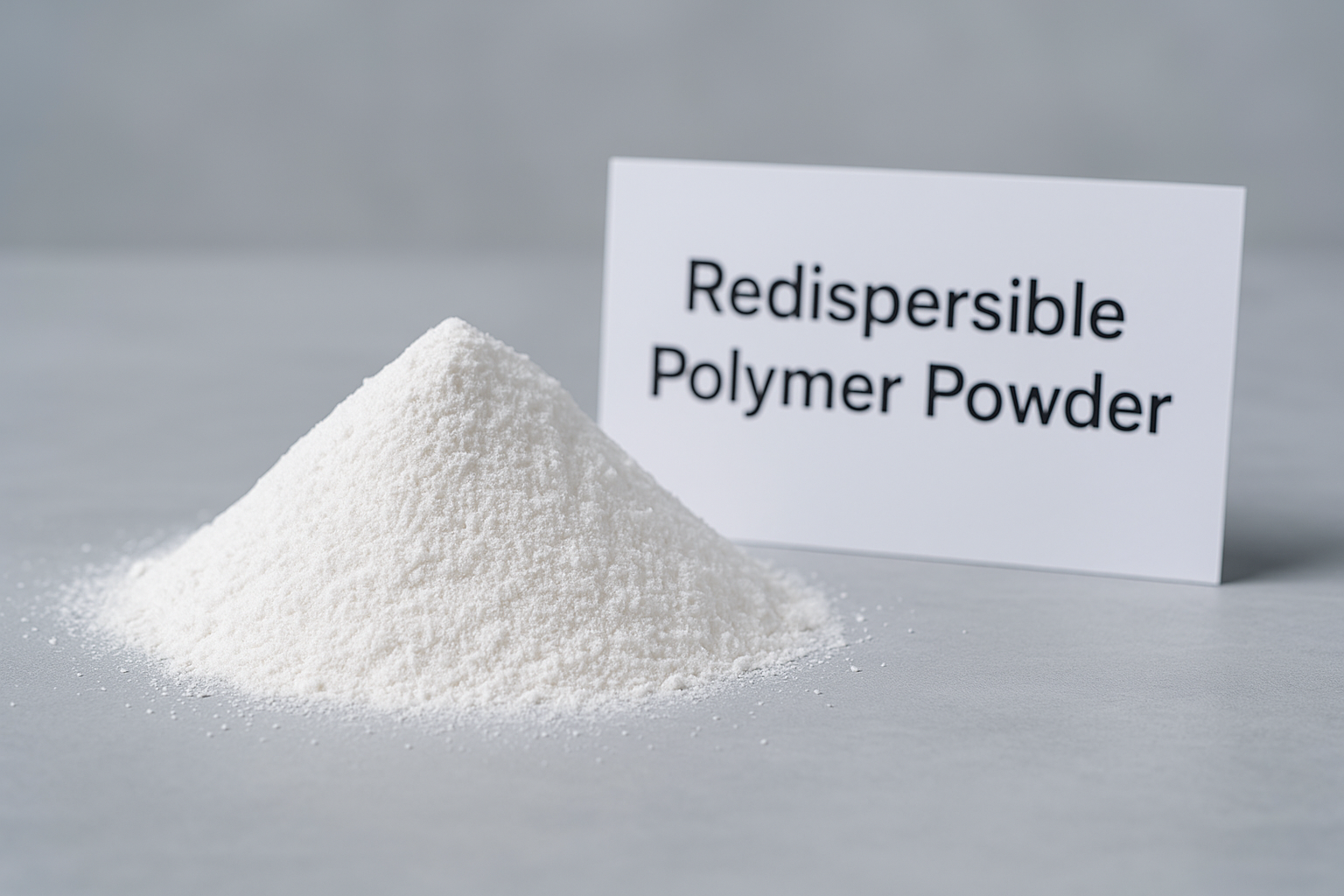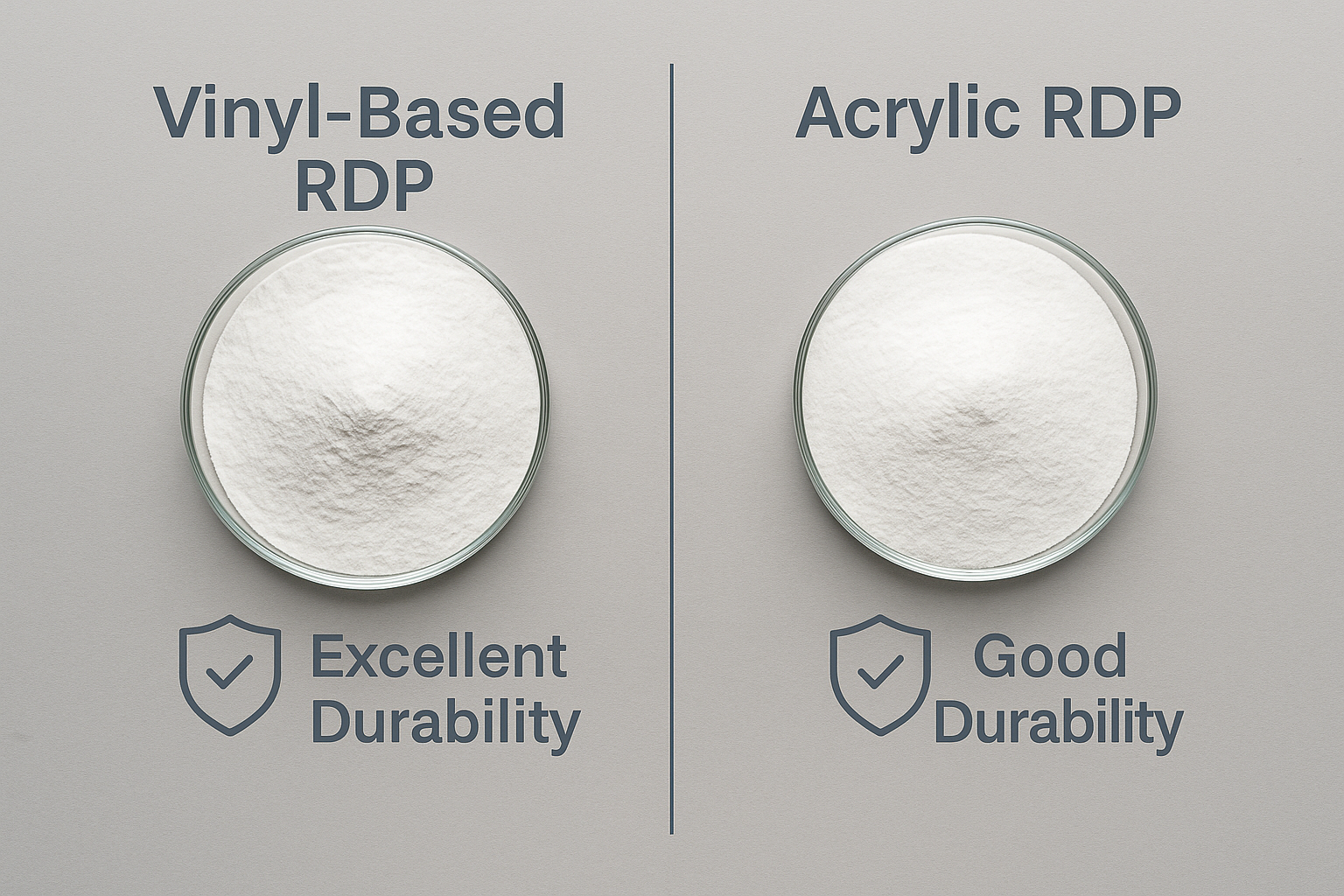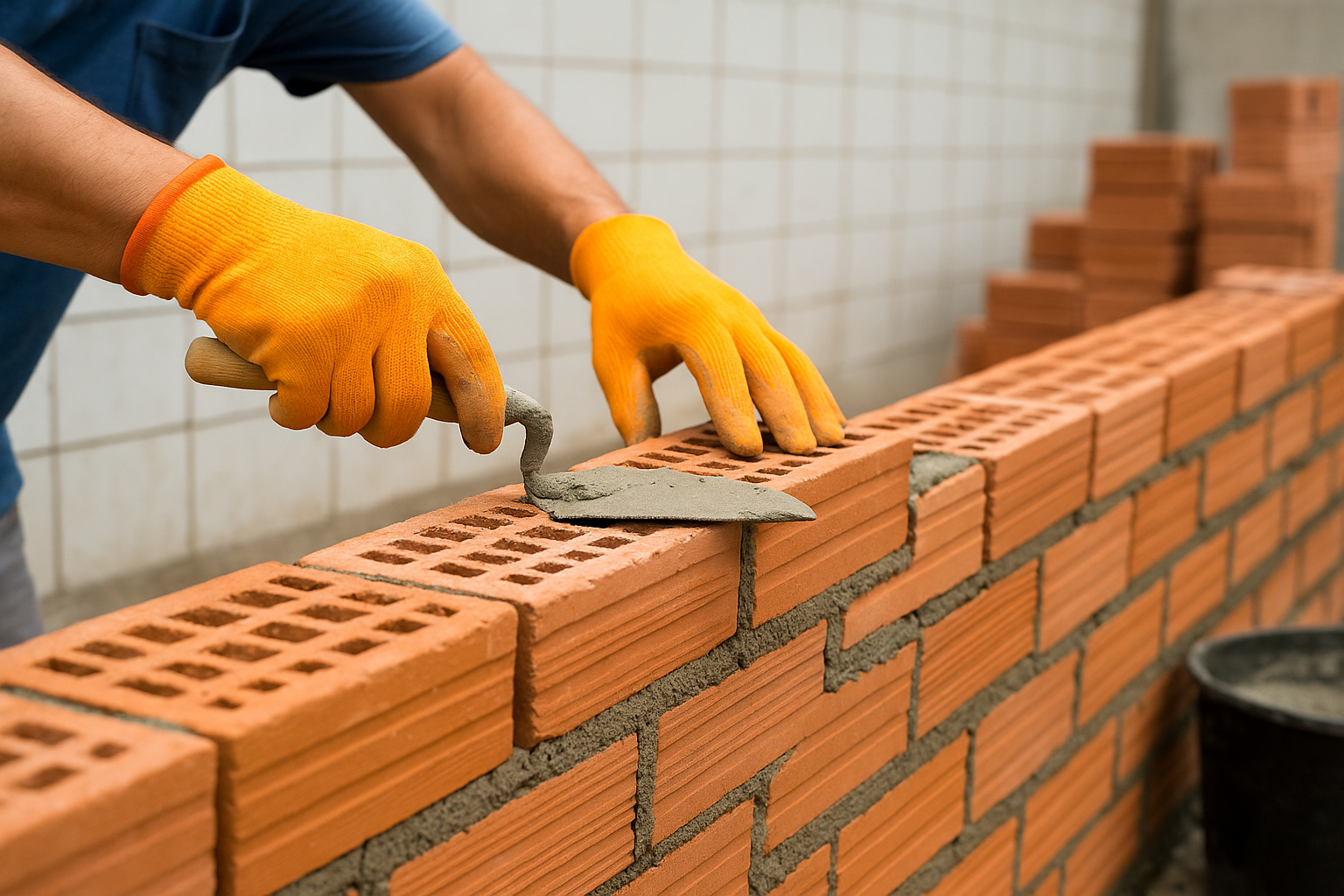Are you struggling with slow concrete setting in cold weather? Delayed construction schedules and missed deadlines can cost you thousands. Early strength development might be the solution you need right now.
Calcium formate1 accelerates cement hydration by catalyzing the reaction between cement particles and water, leading to faster early strength development (24-48 hours). This makes it ideal for cold-weather concreting, quick formwork removal, and tight construction schedules.
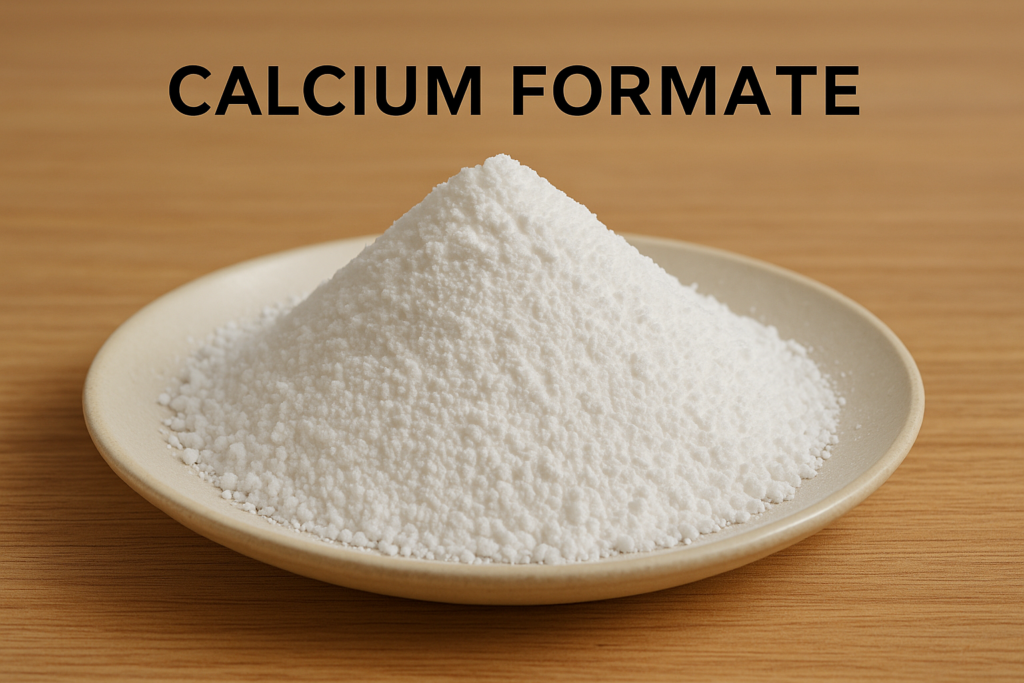
I remember working on a winter project in northern China where temperatures dropped below freezing. Our concrete simply wouldn't set fast enough, causing major delays until we found a solution. Let me share what I've learned about calcium formate and how it can transform your construction timeline.
What Are the Benefits of Calcium Formate?
Do your construction projects suffer from slow setting times? Winter conditions and tight schedules can create expensive bottlenecks that threaten project deadlines and your bottom line.
Calcium formate offers several key benefits: accelerated early strength development (up to 40% faster in the first 24-48 hours), reduced setting time, improved workability in cold weather, and compatibility with most cement types without compromising long-term strength.

How Calcium Formate Transforms Construction Timelines
Calcium formate works differently from other accelerators, and understanding these differences can help you choose the right additive for your specific needs. I've tested various accelerators in our factory lab, and calcium formate consistently stands out for early strength development.
When added to concrete mixtures, calcium formate creates nucleation sites that serve as growth points for cement hydration products. This catalytic effect speeds up the formation of calcium silicate hydrate (C-S-H) gels—the main "glue" that gives concrete its strength. Unlike chloride-based accelerators, calcium formate is non-corrosive to reinforcement steel, making it ideal for reinforced concrete applications.
The dosage typically ranges from 1-3% of cement weight, with higher dosages used in colder conditions. Here's what our testing showed about strength development:
| Time Period | Standard Concrete | With 2% Calcium Formate | Strength Increase |
|---|---|---|---|
| 24 hours | 7 MPa | 10.5 MPa | 50% |
| 48 hours | 15 MPa | 19.5 MPa | 30% |
| 7 days | 27 MPa | 30 MPa | 11% |
| 28 days | 42 MPa | 43 MPa | 2% |
As you can see, the early strength advantage is significant but tapers off over time. This is perfect when your goal is faster construction rather than higher ultimate strength.
What Happens When Calcium Formate Is Heated Strongly?
Have you ever wondered why some accelerators cause durability issues while others don't? The thermal stability of concrete additives plays a crucial role in long-term performance.
When strongly heated above 400°C, calcium formate decomposes into calcium oxide (lime) and carbon monoxide/carbon dioxide. This decomposition is important to understand for fire safety evaluations and when using calcium formate in high-temperature applications.

Thermal Behavior and Its Implications for Concrete
The thermal stability of concrete additives significantly impacts both processing and end-use performance. From my experience working with various accelerators in different climate conditions, I've found calcium formate's thermal behavior quite interesting.
During cement hydration, the reaction is exothermic (produces heat). When calcium formate is present, this heat accelerates its catalytic effect, creating a positive feedback loop that further speeds up strength development. This is particularly beneficial in cold weather when the concrete mixture's temperature needs to be maintained.
At normal concrete curing temperatures (20-60°C), calcium formate remains stable. However, when exposed to temperatures above 400°C, it undergoes decomposition:
Ca(HCOO)₂ → CaO + CO + CO₂
This decomposition has several practical implications:
- In fire situations, the decomposition doesn't produce toxic compounds like some other accelerators
- The lime (CaO) produced can participate in secondary reactions within the concrete matrix
- The released carbon dioxide may create minimal internal pressure, but not enough to cause significant damage
For precast concrete manufacturing where steam curing is used (typically 60-90°C), calcium formate remains stable and effective. I've observed this in our factory where we use steam curing for rapid production cycles—the calcium formate continues to enhance early strength without decomposing or causing adverse effects.
What Is the Effect of Calcium Formate on Hydration Mechanism of Cement Fly Ash Blends?
Are you using fly ash in your concrete mix but losing early strength? This common problem affects construction timelines and can lead to costly delays when working with supplementary cementitious materials.
Calcium formate accelerates the pozzolanic reaction between fly ash and calcium hydroxide in cement. It increases the dissolution rate of silica and alumina from fly ash, forming additional calcium silicate hydrate (C-S-H) and calcium aluminate hydrate phases earlier than in untreated mixes.
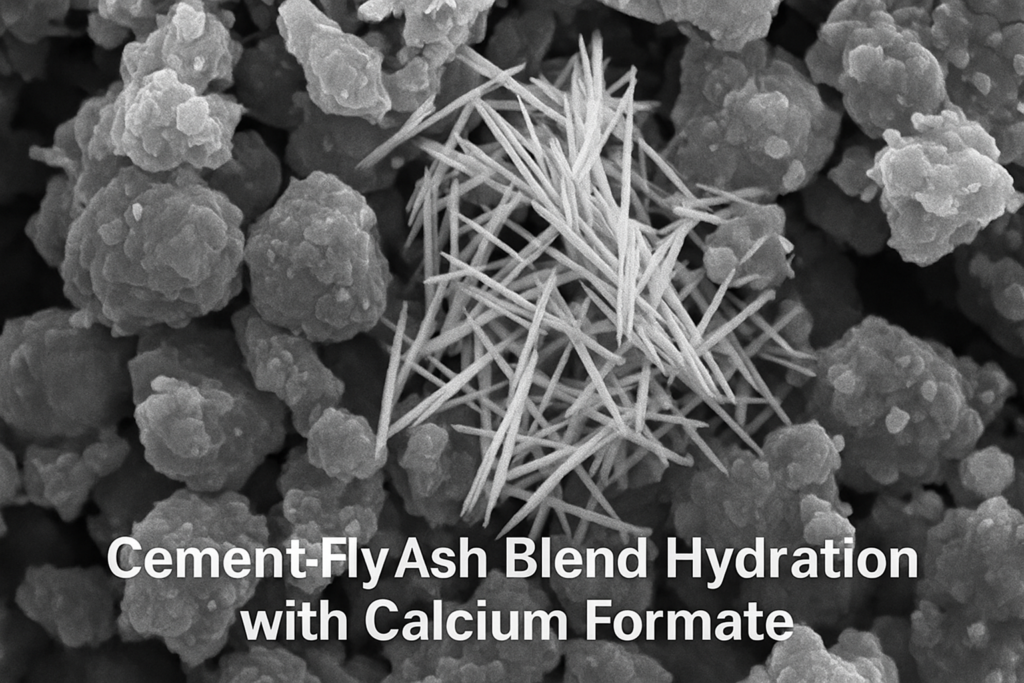
Optimizing Fly Ash Performance with Calcium Formate
Fly ash concrete blends offer sustainability benefits but typically develop strength more slowly than pure portland cement—a challenge I've faced numerous times when trying to balance environmental considerations with construction schedules.
Calcium formate addresses this challenge through multiple mechanisms. When added to cement-fly ash blends, it works in three distinct ways:
-
pH Modification: Calcium formate1 creates a slightly more alkaline environment, which activates fly ash particles more quickly. This increased alkalinity dissolves the glassy phases of fly ash, making its silica and alumina more available for reaction.
-
Nucleation Effect: Calcium formate crystals serve as nucleation sites for hydration products, providing surfaces where calcium silicate hydrate (C-S-H) gels can form more readily.
-
Enhanced Calcium Supply: Calcium formate provides additional calcium ions that participate in the pozzolanic reaction with fly ash, supplementing the calcium hydroxide naturally produced during cement hydration.
In our laboratory testing of cement blends with 30% fly ash replacement, we observed the following effects of adding 2% calcium formate:
| Hydration Phase | Without Calcium Formate | With Calcium Formate |
|---|---|---|
| Ettringite formation | Standard rate | Accelerated by 15% |
| C-S-H gel formation | Delayed due to fly ash | Comparable to pure cement |
| Calcium hydroxide consumption | Slower | 25% faster consumption |
| Heat of hydration peak | Reached at 10-12 hours | Reached at 7-8 hours |
These findings demonstrate that calcium formate effectively addresses the main limitation of fly ash concrete—slow early-age reactions—while still allowing you to realize the sustainability and durability benefits of fly ash incorporation.
Does Calcium Make Concrete Set Faster?
Is your concrete taking too long to set and delaying your construction schedule? Different calcium compounds can significantly impact setting times, but they work in different ways.
Calcium compounds like calcium formate, calcium chloride, and calcium nitrate all accelerate concrete setting, but through different mechanisms. Calcium formate specifically reduces setting time by 30-50% compared to untreated concrete while being less corrosive than alternatives.

Comparing Calcium-Based Accelerators for Optimal Results
Not all calcium compounds2 work the same way in concrete, and choosing the right one can make all the difference in your project's success. Through years of testing different accelerators in our products, I've gained insights into their comparative performance.
Calcium formate accelerates setting through ionic interaction with cement compounds, particularly tricalcium silicate (C₃S) and tricalcium aluminate (C₃A). Unlike calcium chloride, which can cause corrosion in reinforced concrete, calcium formate is non-corrosive and safer for steel reinforcement. This makes it particularly valuable for reinforced structural elements where durability is paramount.
The effectiveness of various calcium compounds also depends on dosage and environmental conditions. Here's a comparison based on our extensive testing:
| Accelerator Type | Initial Set Reduction | Final Set Reduction | Corrosion Risk | Cost Factor |
|---|---|---|---|---|
| Calcium Formate | 30-45% | 25-40% | Very Low | Medium |
| Calcium Chloride | 40-60% | 30-50% | High | Low |
| Calcium Nitrate | 20-30% | 15-25% | Low | High |
Temperature plays a crucial role in how these accelerators perform. I've found that calcium formate maintains its effectiveness even at temperatures as low as 5°C (41°F), where some other accelerators begin to lose efficiency. This makes it particularly valuable for winter construction or cold climate regions.
Another advantage of calcium formate is its compatibility with admixture systems. When using water reducers or superplasticizers alongside an accelerator, calcium formate typically shows fewer incompatibility issues than calcium chloride or nitrate-based products. In one project where we needed both high flowability and fast setting, the combination of a polycarboxylate superplasticizer with calcium formate provided optimal results without the segregation issues we'd experienced with other accelerator types.
Conclusion
Calcium formate1 delivers faster early strength development without compromising long-term performance. It's especially valuable for cold weather construction, fly ash blends, and tight schedules where every hour saved matters.



